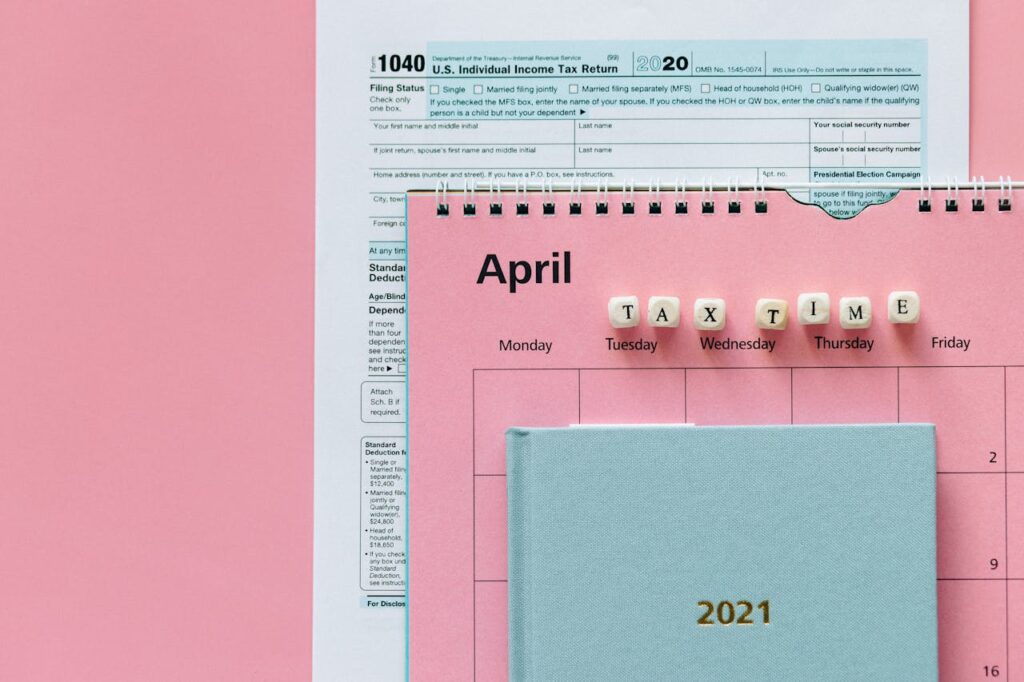All You Need to Know About Heirs and Their Weight in Your Financial Legacy
All You Need to Know About Heirs and Their Weight in Your Financial Legacy When we think of our financial legacy, the word ‘heir’ inherently comes to mind. Who will inherit our property, our estate, our wealth? The concept of heirs is not merely a welcome in the world of fairness and legacy; it’s a deeply ingrained part of legal and financial frameworks that govern over one’s assets post their demise. Understanding who your heirs are and what they are entitled to is the bedrock of estate planning and ensuring your final wishes are executed with precision. Defining Heirs and Their Vast Range of Significance An heir is someone who inherits the property of the deceased, according to the rules of inheritance. Essentially, anyone who stands to receive a portion of an estate is thus called an heir. This simple definition, however, belies the complexity of what it means to be an heir. In one sense, it’s a testament to one’s social and familial ties; in another, it’s an acknowledgment of a person’s place in a legal hierarchy that dictates the flow of assets. For intestate heirs—those who inherit when there’s no will—their role is particularly significant. They are directly in line to receive assets based on clear, if sometimes complicated, legal guidelines. This position can bestow financial security on loved ones, albeit in fixed proportions that might not always reflect the deceased’s exact intentions. An Overview of the Heir Spectrum Heirs come in all forms, delineated by different legal systems and cultural practices. In many parts of the world, such as in India, heirs are classified into Classes I and II under the Hindu Succession Act, each with rights to inherit specific shares of the deceased’s property. This distinction is critical because it dictates how the estate is divided and who takes precedence. Classifying Legal Heirs Legal heirs encompass a wide array, from spouses and children to parents, who are given specific rights under the law. They are typically the closest to the deceased and hold familial relationships recognized by the legal system. The specific definition of legal heirs can vary based on jurisdiction, but their significance in terms of inheritance is universal. Understanding Intestate Succession When someone dies without a will, the process of succession follows the rules of intestacy. These rules vary from state to state within a country and may lead to a different set of heirs inheriting the assets. The surviving spouse and children are usually the first in line, followed by other relatives if there are no direct descendants. Rights and Responsibilities: The Reciprocal Nature of Heirship Being an heir is not without its obligations. In many cases, heirs also inherit debts and other financial responsibilities along with the assets. Any outstanding loans or liabilities of the deceased, for instance, are considered part of the estate and are to be settled by the heirs. Rights to the Estate The heirs have the right to claim their share of the estate once appointed by the court or identified in a will. This share may be based on a percentage determined by the laws of the state or the will of the departed. Obligations of Inheriting Heirs must often go through the probate process, which involves settling the estate’s debts, payment of taxes, and distribution of assets. This process ensures that the transfer of property is legally binding and acknowledged by the court. The Heir Identification Process In cases where a will does not exist, a hierarchy is often set by the law to identify the rightful heirs. The process of determining who these heirs are and their entitlements is known as succession. This process, which involves a fair amount of legal scrutiny, ensures that assets are transferred to the next of kin while following the prescribed steps. The Legal Hierarchy Heirs are placed in a hierarchical order that can reach out even to the remotest branch of the family tree, based on principles of consanguinity. Siblings, grandparents, aunts, and uncles may all be heirs under the right circumstances. Establishing Heirship To establish one’s status as an heir, legal documentation and proof are often required. This may include birth certificates, marriage certificates, or other records that officialize the relationship between the heir and the deceased. The Role of Heirs in Estate Planning Estate planning isn’t merely about preparing wills; it’s about understanding the intricate tapestry that is the transfer of wealth. Knowing your heirs can help in drafting a will that best reflects your intentions and ensures the smooth passage of your assets to the ones you cherish. Crafting a Legacy that Honors Your Heirs Your wealth isn’t just about the numbers; it’s about the people and the stories that will carry on after you’ve gone. Heirs are the conduits through which your legacy will flow, affecting lives and circumstances long after you’ve made your exit. Imparting Wisdom and Preparing the Way Have a conversation with your heirs, or potential heirs, about your plans. Transparency in financial matters can prevent misunderstandings and conflicts later on. Give them the knowledge they need to understand your finances and the wisdom to respect your wishes. Seeking Professional Counsel The complexity of estate planning often demands more than good intentions; it requires professional expertise. Financial advisors, attorneys, and estate planners can guide you through the labyrinth, ensuring that your heirs receive their due and that you leave behind not chaos, but a controlled legacy. Illuminating the Path Forward The subject of heirs touches on some of our most profound and emotional considerations—family, wealth, and mortality. It’s a subject that deserves informed and thoughtful contemplation, particularly in the realm of estate planning. Do not shy away from these conversations or decisions; tackle them head-on, lightly armed with the knowledge you’ve gained. Estate planning is not a solitary endeavor; it is a mosaic of considerations that weave together to form a coherent image of your financial legacy. And at the heart of this legacy, your heirs stand ready to carry on





